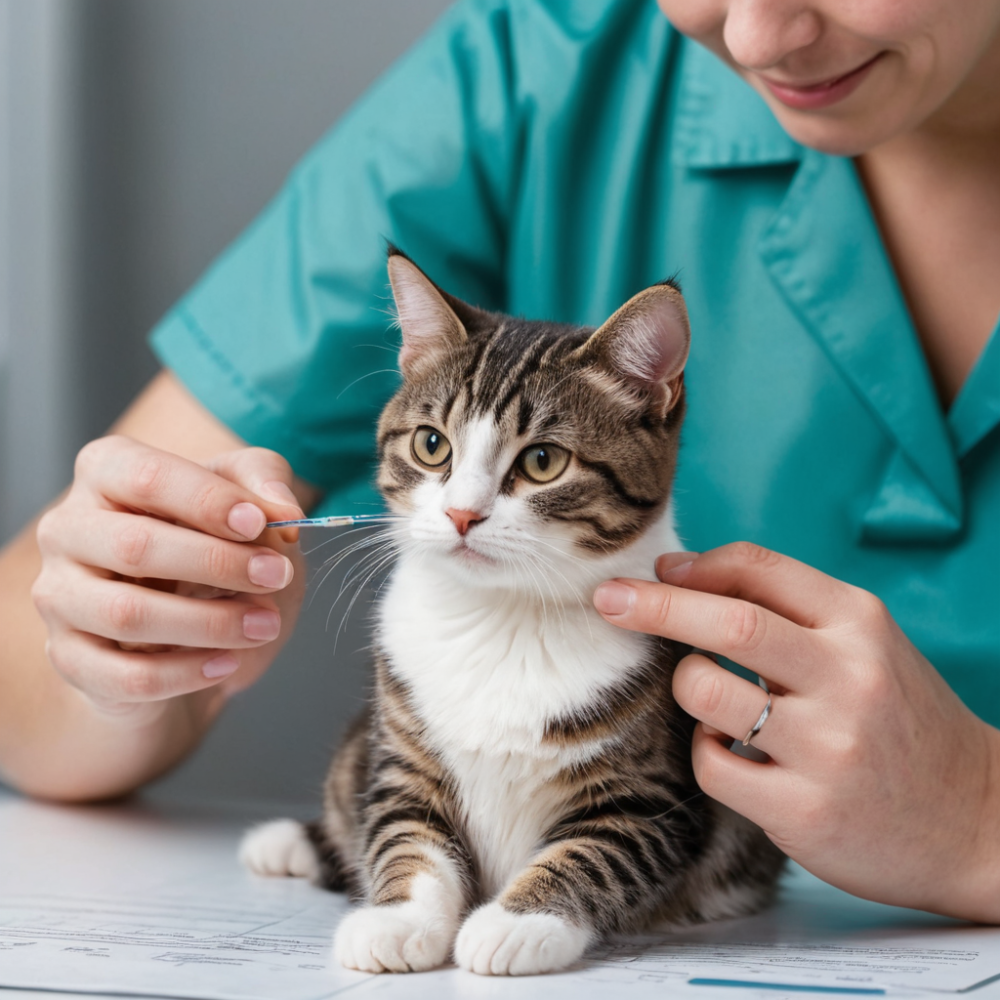What are the vaccinations?
It is a substance - killed or weakened germs - that is injected into the body, stimulating the cat's immune system and training it to resist these infectious diseases, thus giving the body immunity against the disease when it is infected.
Reasons for giving cat vaccinations:
There are basic vaccinations to protect your cat against serious and potentially fatal diseases such as parvovirus (cat plague). They also prevent the transmission of the disease to other cats and even to humans, such as rabies, which can be transmitted to humans and cause death.
Some people believe that it is not necessary to vaccinate domestic cats if they are not exposed to the outdoor environment. This is a mistake, as there are viruses in the air around the home that can cause infection in cats.
While non-core cat vaccinations are determined by the veterinarian.
What are cat vaccinations?
Cat vaccinations are divided into:
- Basic cat vaccinations.
- Optional (non-core) cat vaccinations.
Basic cat vaccinations:
These are essential vaccinations for the health of all cats against some fatal diseases, so the breeder must be careful about them. There are even mandatory vaccinations, such as:
- Quadrivalent vaccination:
It is a vaccination against 3 serious viral diseases and a bacterial disease, which are:
Viral diseases:
- Herpes : Caused by the herpes virus, it causes a severe upper respiratory infection, with flu-like symptoms such as sneezing, coughing, and eye inflammation. The danger of this disease lies in the inability to fully recover, as the virus remains inactive in the nerve cells. When a cat experiences any type of stress, the virus becomes active and causes symptoms to reappear, even if the cat has not been exposed to the infection again.
- Calicivirus disease : A group of calicivirus strains that also target the upper respiratory system, it also causes mouth and intestinal ulcers in cats, causing severe pain. Some strains also cause hair loss, liver cirrhosis, and, in most cases, death .
- Panleukopenia (cat plague): Caused by parvovirus, this highly contagious disease, especially in young cats, affects white blood cells, thus reducing immunity. It increases the likelihood of cats developing secondary infections, leading to high mortality rates.
Bacterial infection:
Chlamydia disease: A bacterial disease caused by Chlamydia bacteria, it also affects the upper respiratory tract, the digestive system, and the eyes. It is a highly contagious disease, making it more common in areas with large numbers of cats, such as animal shelters.
There is a triple vaccine that provides protection against only three viral diseases. Therefore, the quadrivalent vaccine is considered an improved version of the triple vaccine because it includes a vaccine against chlamydia bacteria.
Rabies vaccination:
Which is against rabies, which infects cats and can be transmitted to humans through bites or scratches, and therefore it is mandatory, as it affects public health.
If symptoms appear after infection in a human or cat, this means inevitable death, as it affects the central nervous system, and no method of treatment has yet been discovered other than vaccination for prevention.
Feline leukemia virus:
A disease that affects cats and causes immunodeficiency, and in most cases, it also causes cancer. This vaccination is considered essential only for young cats, but it is not considered essential for adult cats and is optional depending on the cat's lifestyle. For example, indoor cats that spend time outdoors are likely to receive this vaccination.
Non-core (optional) cat vaccinations:
The veterinarian determines the non-core vaccinations according to the cat's need for them in terms of: the surrounding conditions, the cat's health condition, the breed, or the age. These vaccinations include:
Feline immunodeficiency disease:
It attacks the cat's immune system, increasing the risk of secondary infections. It is usually given to indoor cats that are outdoors at times, or to places with large numbers of animals, such as animal shelters.

